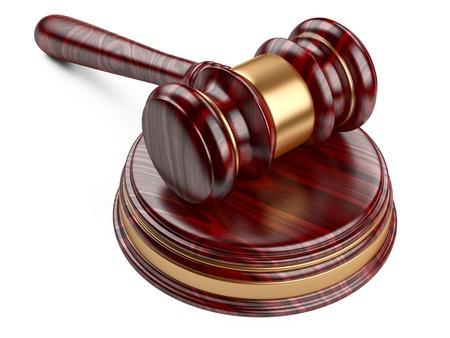
The New Jersey Supreme Court majority concluded with the following in relevant part: Here, Detective Quesada referred to defendant as “the defendant” only twice in narrating the surveillance footage, and defense counsel did not object those references. Although those references were error, they were not so prejudicial as to meet the plain error standard, in light of the circumstantial evidence of the robber’s identification.
The Court stresses, however, that in similar narrative situations, a reference to “defendant,” which can be interpreted to imply a defendant’s guilt, should be avoided in favor of neutral, purely descriptive terminology. Admitting Detective Quesada’s testimony about the sneakers was not improper. N.J.R.E. 701 does not require the lay witness to offer something the jury does not possess or prohibit testimony when the evidence in question has been admitted. Detective Quesada’s testimony satisfied N.J.R.E. 701 as written. First, he had first-hand knowledge of what the sneakers looked like; therefore, his lay witness opinion as to the similarities between the sneakers from the footage and the sneakers he saw that night was rationally based on his perception, in accordance with Lazo. Second, his testimony was helpful to the jury even though the jury may have been able to evaluate whether the sneakers were similar to those in the video, in keeping with LaBrutto. Detective Quesada’s testimony did not include an ultimate determination as to defendant’s guilt, unlike in McClean, and it assisted the jury in determining the robber’s identity. The judgment of the Appellate Division is affirmed.
Justice LaVecchia filed a dissent in which she was joined by Justices Albin and Pierre-Louis. She wrote in relevant part: The Court has warned in earlier decisions of the dangers of lay opinion testimony offered by police officers and opines that Detective Quesada’s lay opinion testimony unfairly bolstered and infected the identification and infringed on the exclusive domain of the jury as the ultimate trier of fact. As to the detective’s use of “the defendant,” the dissent observes that the jury must have inferred that Detective Quesada either thought defendant was guilty or had additional knowledge, inadmissible in court, that implicated defendant; in either case, it was wrong to offer such an opinion. In the dissent’s view, further, the detective should not have testified about the contents of the video because he had no direct personal knowledge beyond that of anyone else who could look at the video at any point in time, and he should not have been allowed to comment on similarities in clothing, because the jury did not need help comparing the appearance of a pair of shoes entered into evidence to shoes on a video. In a case where identity was the issue, the missteps here easily could have swayed the jury and are not harmless, in the dissent’s view.
This decision reflects a Supreme Court divided along political lines. The four Justices in the majority were nominated by former Governor Christie. That includes Chief Justice Rabner who Christie nominated for tenure. The dissenting justices were nominated by Governors Whitman, McGreevey, and Murphy.
